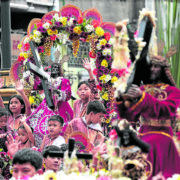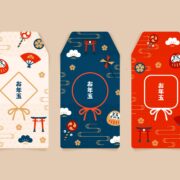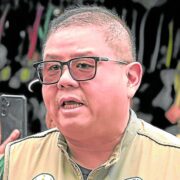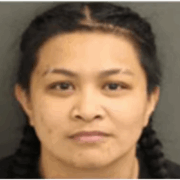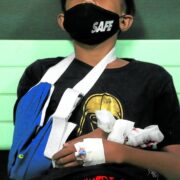A perfect coupling of love and art
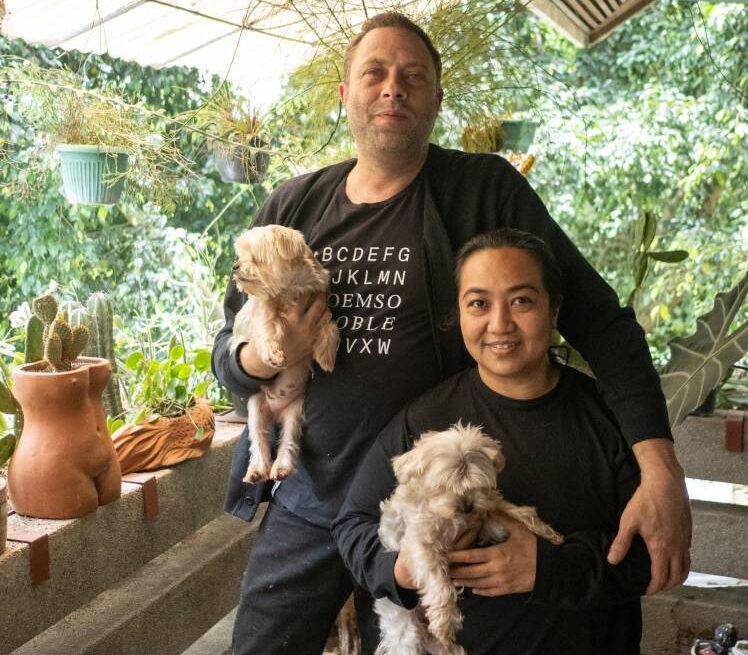
First of a series
Look for Two Trees in Google Maps” was the instruction given to me on my second visit to the De Guia compound in Kitma Village, Baguio. Having no map and relying on the geographical knowledge of a cabbie, I took mostly wrong turns before deciding to alight from the taxi and ask for instructions from pedestrians.
As is the wont in Baguio, the streets are steep. It was downward all throughout until I happened on a kasambahay sweeping a front yard with a walis tingting. I had hit the jackpot—it was the De Guia compound indeed. She pointed sidewards to indicate that there was Kawayan de Guia’s house and garden.
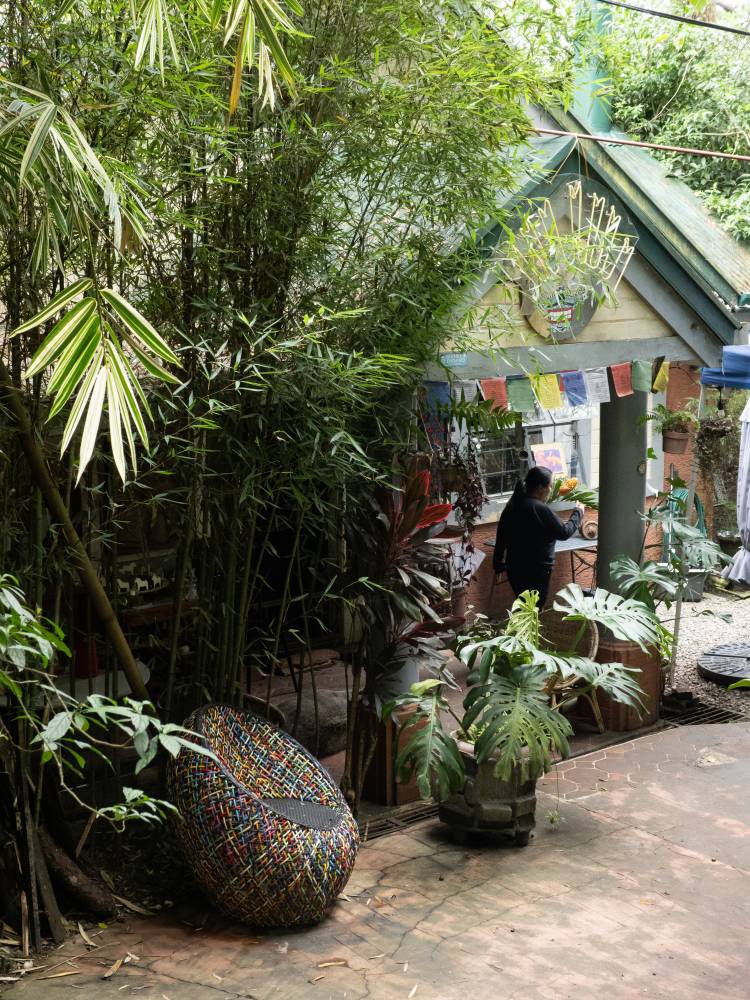
Photographer Andreo Bongco waved me in, while multimedia artist Kawayan attended to the burning pine log that scented the air with the spell and smell of Baguio. Before long, I was being plied with black coffee made from a blend of barako, Benguet, and Arabica beans. I felt right at home when I took my first sip.
As for Two Trees, the name of an Airbnb in their compound, there were just too many trees and foliage, including angel’s trumpets heavy with flowers.

While we chatted outdoors and inhaled the smoke from a lit log, the many dogs that Kawayan and partner and fellow artist Nona Garcia call family were underfoot, wanting to be petted or placed on their laps. A few feet away lay the famous black pig Hakaw Matakaw (she appears in Facebook posts and videos), snoozing in the mid-morning, unmindful of references to her laziness and enviable life. She is the couple’s pet, so she’s not meant for human consumption. Hakaw got her name from her diet of tableside leftovers and dog feed.

From Itogon to QC to Kitma
Kawayan started his story with how a fire razed the De Guia home in Tuding, Itogon in Benguet in 2004, when “we lost everything, and I almost lost my life.” He was asleep on the lower floor; the fire started above. A housemate repeatedly shouted his name to wake him up, and he escaped with the shirt and pajamas on him.
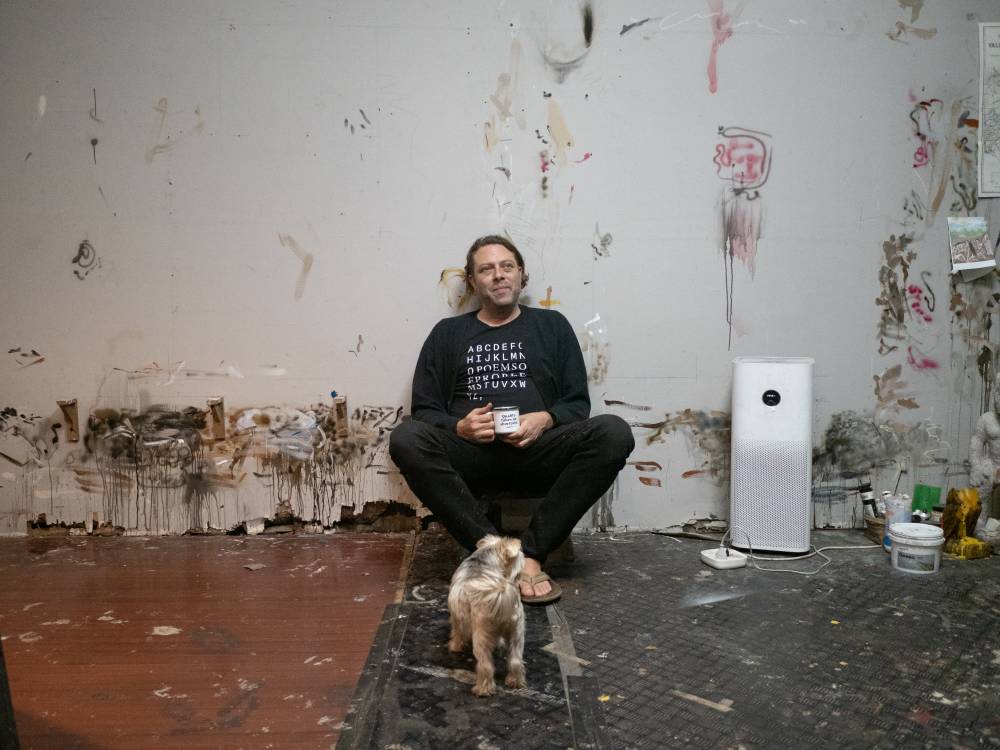
Afterward, with the blessings of Santiago Bose’s widow Peggy, Kawayan moved to the house in Quezon Hill. He believes that if an old house is not lived in, it will disintegrate, so for 12 years he lived and worked there—until he felt that he had exhausted Santi’s spirit, and it was time to move on again.
Of his 12 years in the Bose abode, he said, “I loved it! I would get possessed by Santi and wake up to see my work finished!” One of the outstanding sculptures he made there was the Statue of Liberty that was installed at the public market, Abanao side, during the “Markets of Resistance” multisite exhibitions in 2014.
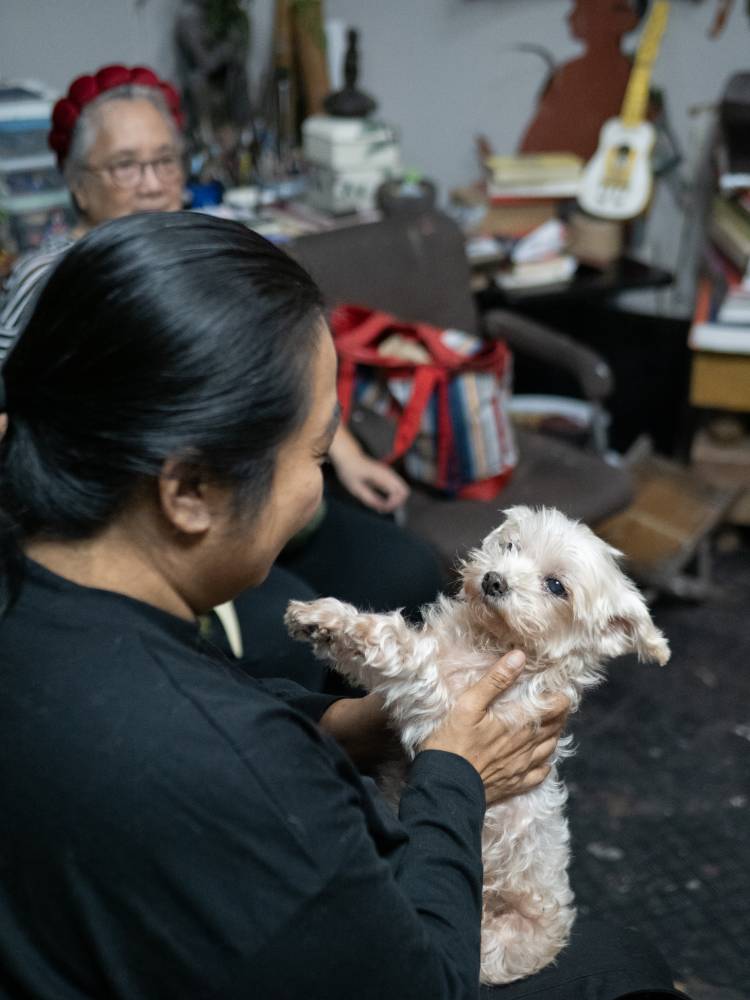
Meanwhile, the COVID-19 pandemic and lockdown hit. By this time, he had inherited the old roof from the family home on Manigo Street, UP Village, Quezon City, and he had the idea of putting up a bodega for his big works serving as his studio when it was completely built, this time for smaller works like drawings and paintings which grew in dimension as time wore on.
But ahead of him came Nona, who moved up to Kitma Village in 2013. Kawayan said, “I latched on to her.” When she arrived there, the other brothers De Guia (filmmaker-photographer Kidlat and mosaic artist Kabunyan) were settled there.
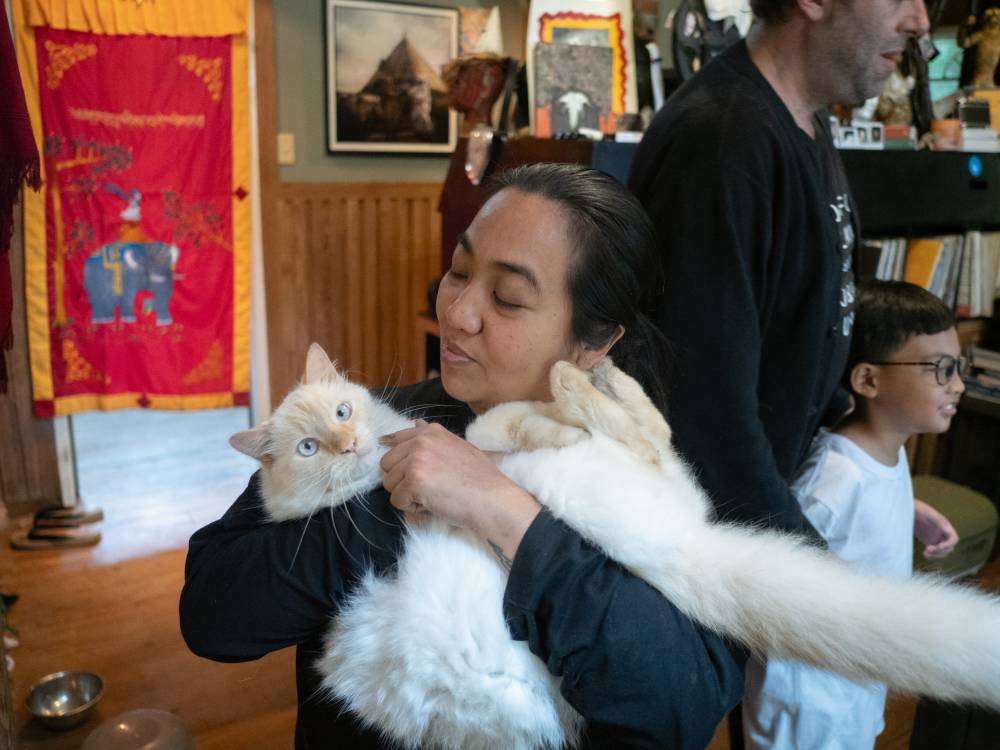
House to house
She said, “It’s better to work here than in Quezon City, where I was moving from house to house, the last one being in Kamias where I stayed for five years. It was the first house where I lived alone. In the previous houses, I had housemates to share the rent and utilities with. The Kamias house was rented; it had a big wall where I could work on big paintings. My working hours there were upside down because it was hot in the daytime. That was when I slept. The nights were cooler and quieter so I painted then.”
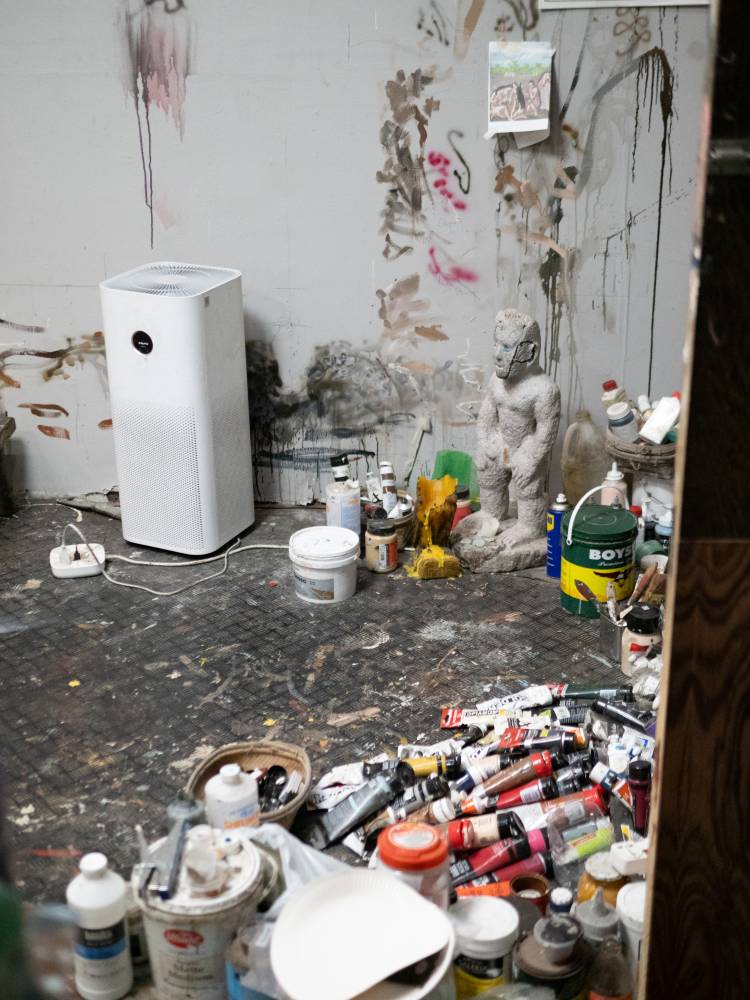
And then they were lassoed by good friend Boy Yuchengco to work together to restore the Bose mural at St. Mary’s School in Sagada, Mountain Province. Kawayan, Nona and other artists like Rocky Cajigan, Leonard Aguinaldo, and John Frank Sabado gladly agreed to do it. They stayed for a month in Sagada, sharing beds and meals. Kawayan recalled, “Every day we painted. The month included the planning, research and getting the approval of the elders. We had to slaughter a pig.”
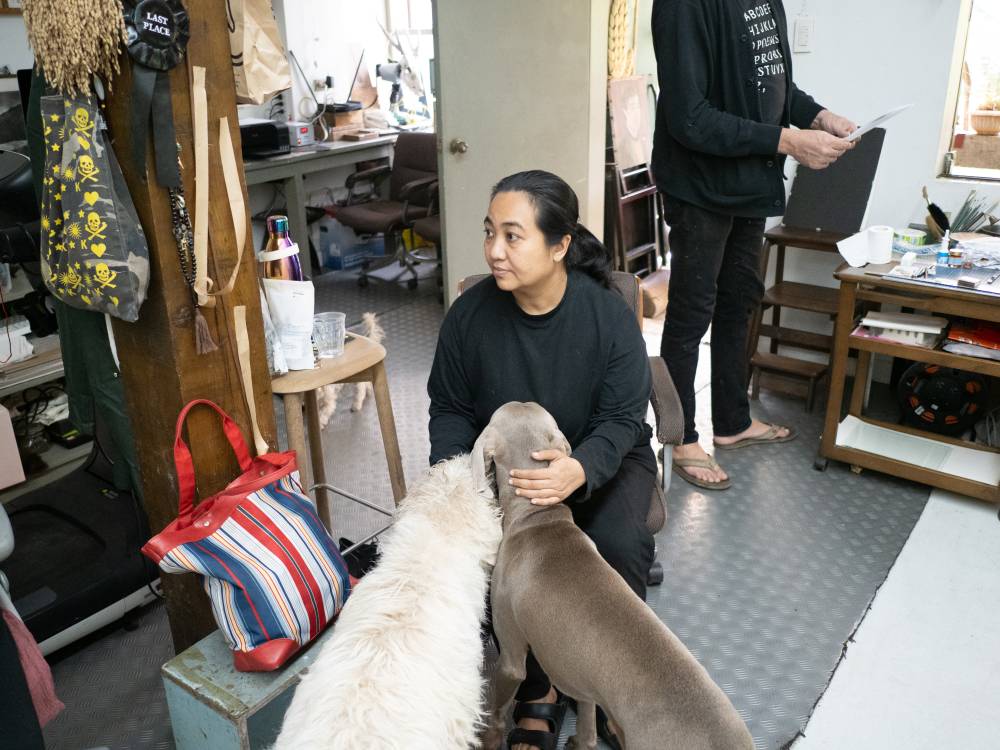
Three days after the mural was finished, the lockdown happened. By then, the team had with them another team of musicians and award-winning filmmakers like Raya Martin and Moira Lang. In Sagada, they hardly checked their smart phones and didn’t do social media, so they weren’t aware of the pandemic’s scope and restrictions.
When they came down to Baguio, they all moved into Kawayan’s digs. Even chef Perry Mamaril was there, cooking all the meals “so we all grew fat,” Kawayan said. “Every night we had a curated film festival. Only Raya didn’t move in with us.”
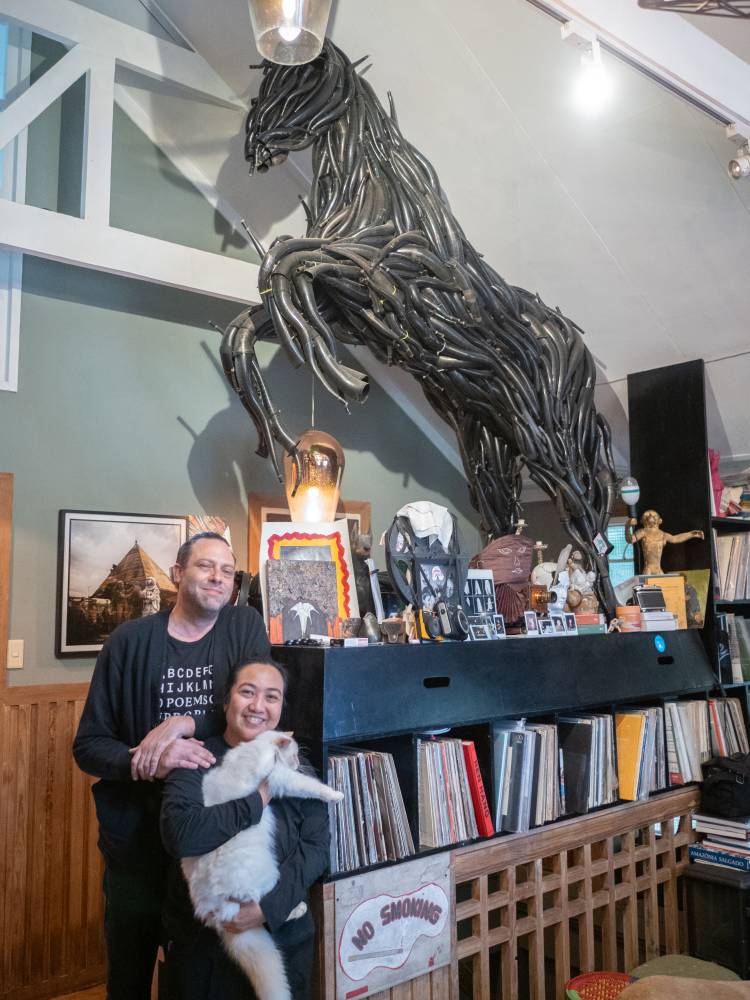
Operating table
Nona and Kawayan have a shared living space separate from their respective studios. In that shared space is an extensive collection of vinyl records, among other possessions. “We need our own space,” she said.
His is on the ground floor, and it has a tall ceiling and wide walls standing in approximately 50 square meters of space. But despite the width, he said sometimes it wasn’t huge enough for the works he wants to do. Strewn on the floor are tubes of acrylic and oil paints. He has a desktop computer on one table—a go-to on the rare times he has to reference something. “I don’t like doctoring an image too much. I keep Photoshop to a bare minimum.”
His different chairs are of descending sizes, depending on the size of the canvas or work he is tinkering with. Underneath the staircase that leads to a bodega of works is a sauna where the community of artists stranded by the lockdown took turns using as a preventive measure against the disease. Luckily, no one came down with COVID-like symptoms. Otherwise, the illness would have spread among them quickly.
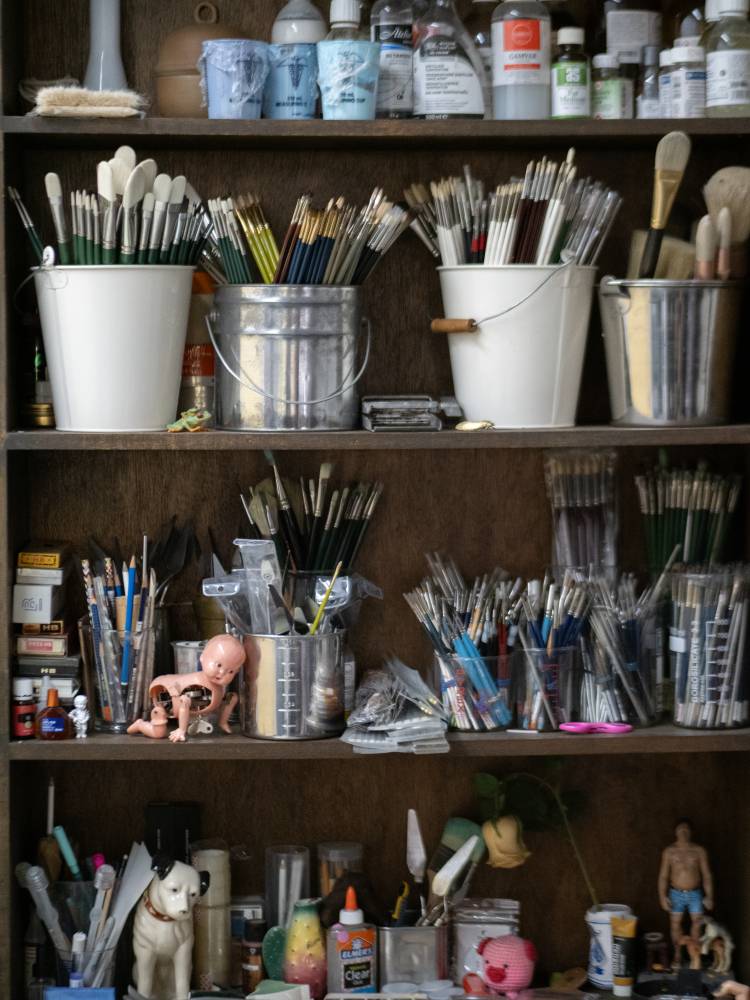
Kawayan does not like natural light, so his studio has no windows, even for ventilation. He explained, “I enjoy the timelessness of artificial light.”
In another wing of the house, up a flight of stairs with no railing to hang on to, is Nona’s space. It is, at the very least, neat and orderly. I felt I had entered an obsessive-compulsive’s territory. Kawayan joked, “She works like a doctor; her table is like an operating table at nandun lahat ‘yung mga kutsilyo.”
One tall shelf has vases of brushes arranged according to sizes and thinness or thickness of brush.
There is also a kitchenette. She said, “In the house, I cannot do without a kitchen because I like baking. A kitchen is super essential to me.”
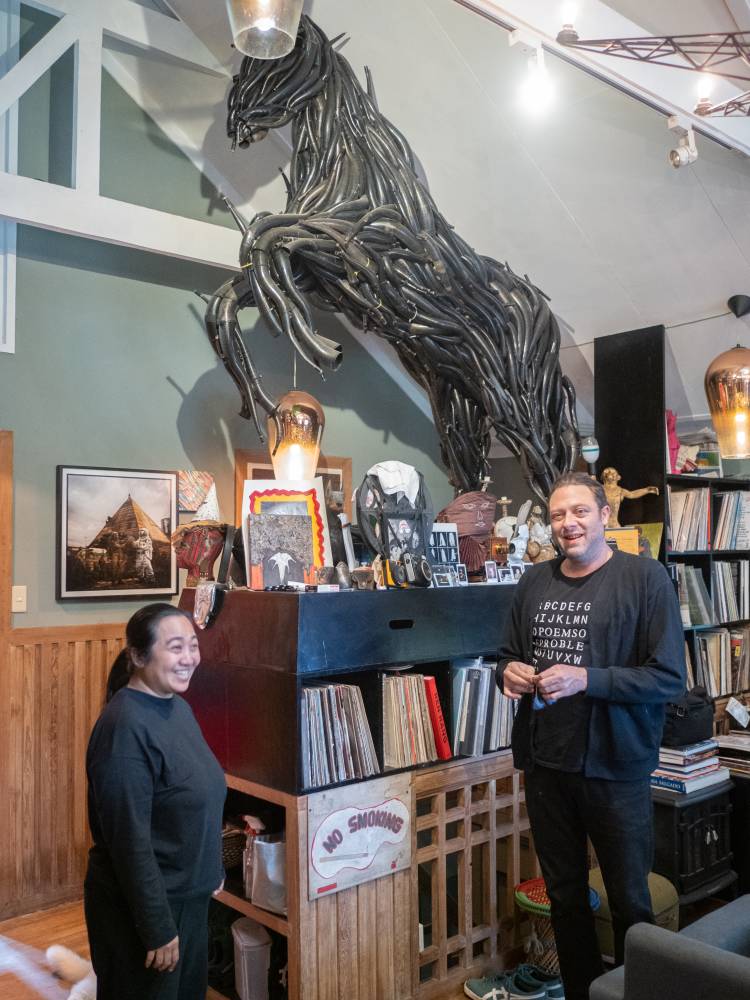
Another notable feature is a pile of white rags. Kawayan said, “She’s an expert on colors. When she uses the white rags, she can see easily the shades of a color.”
Different working styles
They need separate studios because their working styles are opposite. Nona tends to study a subject carefully and meticulously, while Kawayan is more intuitive. He said, “I have a starting point, but I really don’t know where it will end—whether it’s in the West Philippine Sea or in the mountains of Sagada. Plus my materials are more eclectic.”
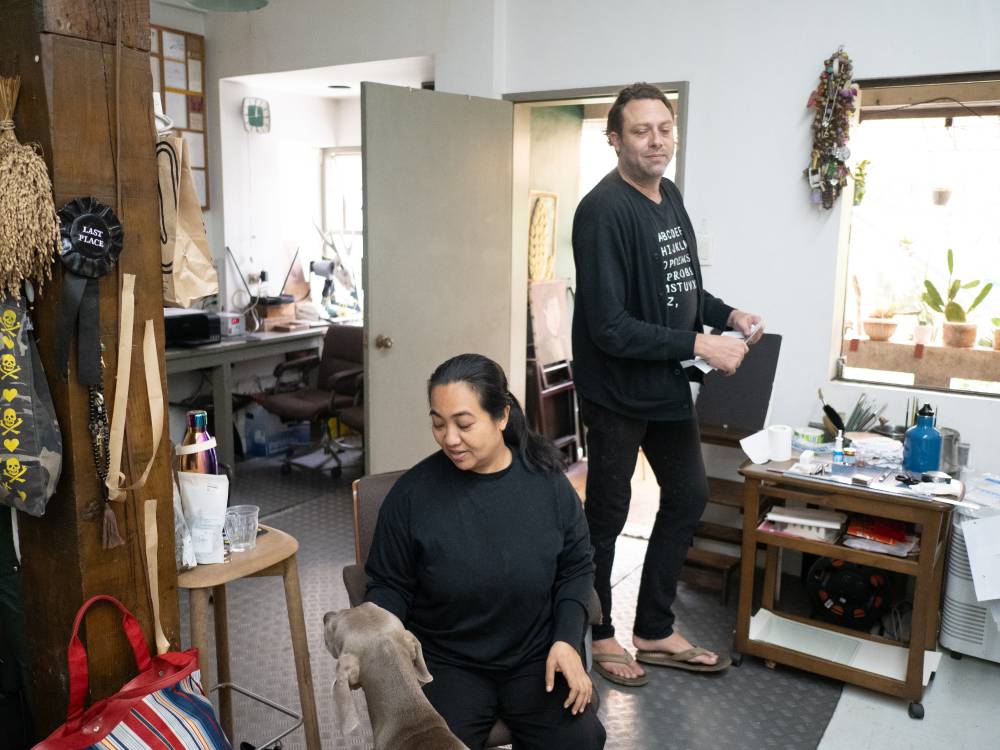
Nona also lets natural light in from the window looking out to a balcony filled with terracotta pots (bought from the Baguio Orchidarium) planted to succulents.
Outside the studios is an open space where Kawayan’s motorcycle is parked. The space is sometimes used for sculpture workshops, for welding and casting for his use.

While making art, all their dogs hang around, but they don’t disturb them. Their cats are named Uni, Uling and Tikoy while the dogs are Matcha, Kalahati, Frau, Popoy, Chapas, Ella, Yogi, Lulu, Mama Dog and Poly the Praning. The smaller dogs join the couple in bed at night.
When Nona works, she likes to listen to podcasts and audio books, including reports on crime. She calls the latter her “guilty pleasure.” Kawayan, meanwhile, listens to all sorts of music.
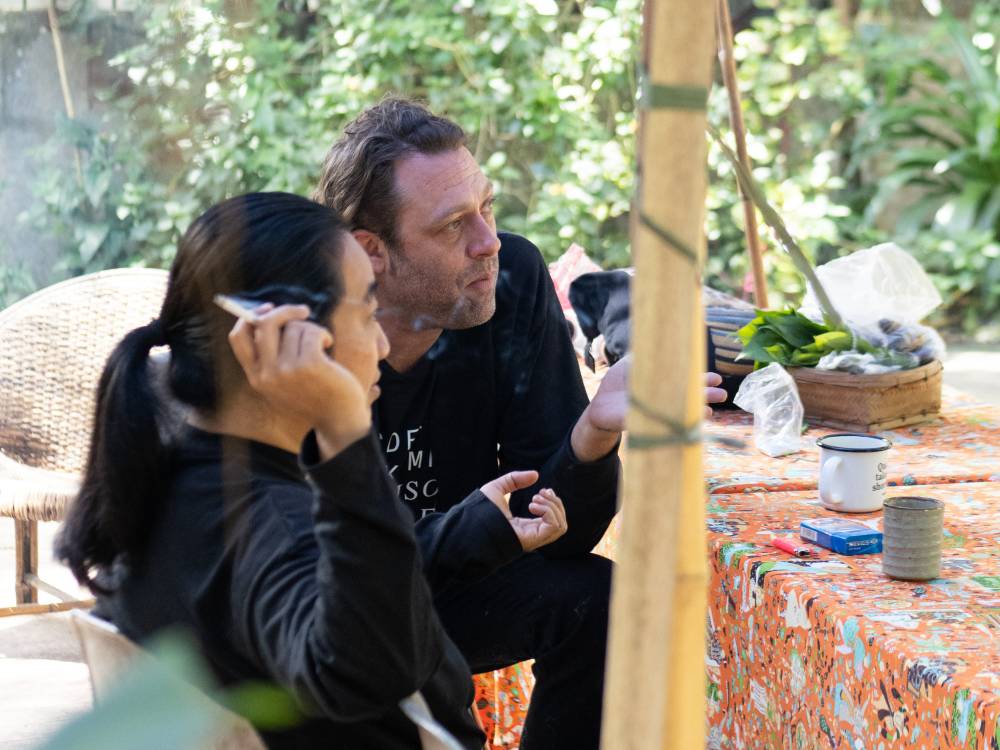
They wake up anytime in the morning and just have coffee, then cross over from their living space to their respective studios. They have their first real meal at 3 or 5 p.m., then follow this with a midnight snack. They watch TV or documentaries to relax.
After leaving them, I felt theirs was a perfect coupling of love and art.




